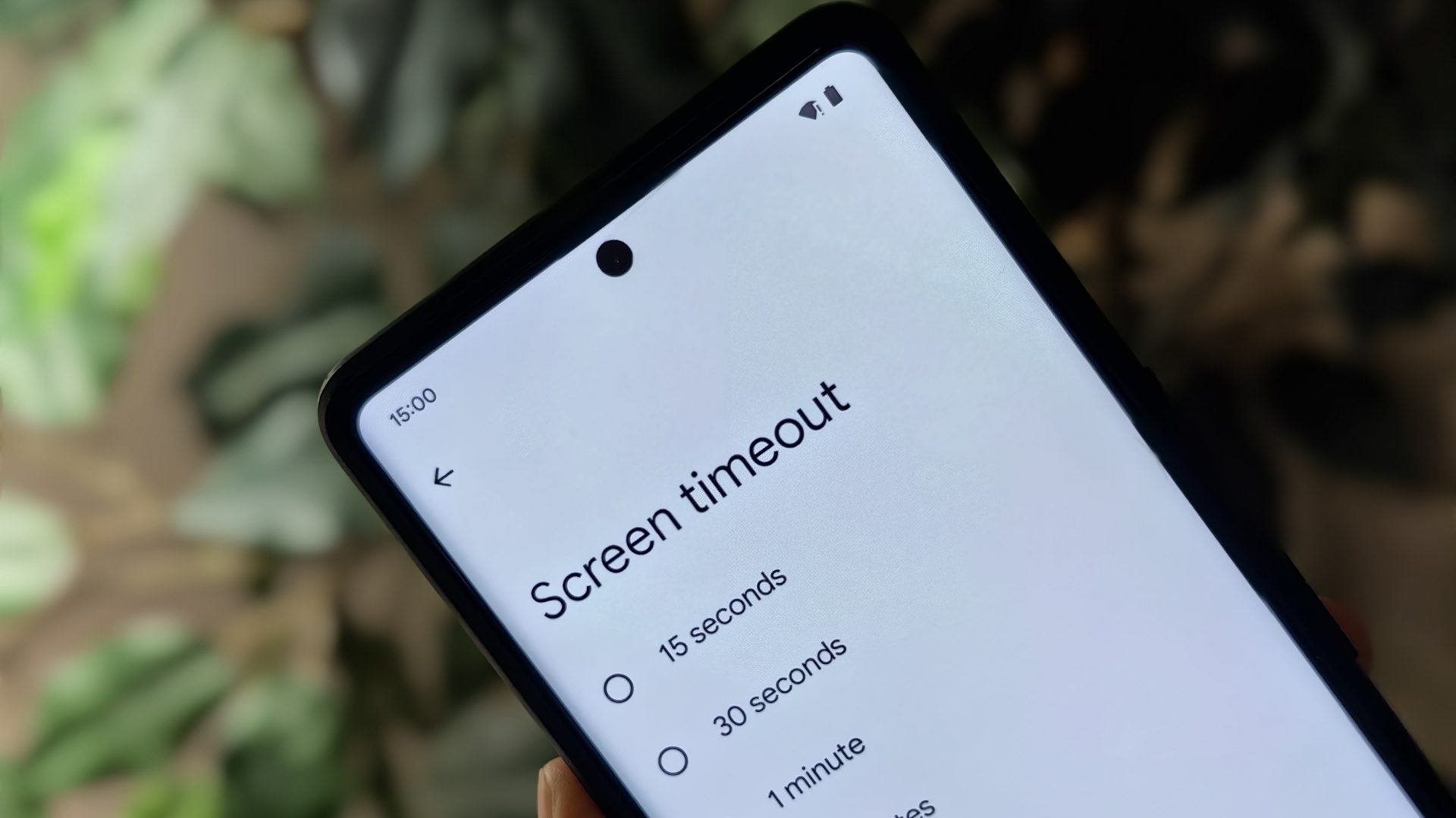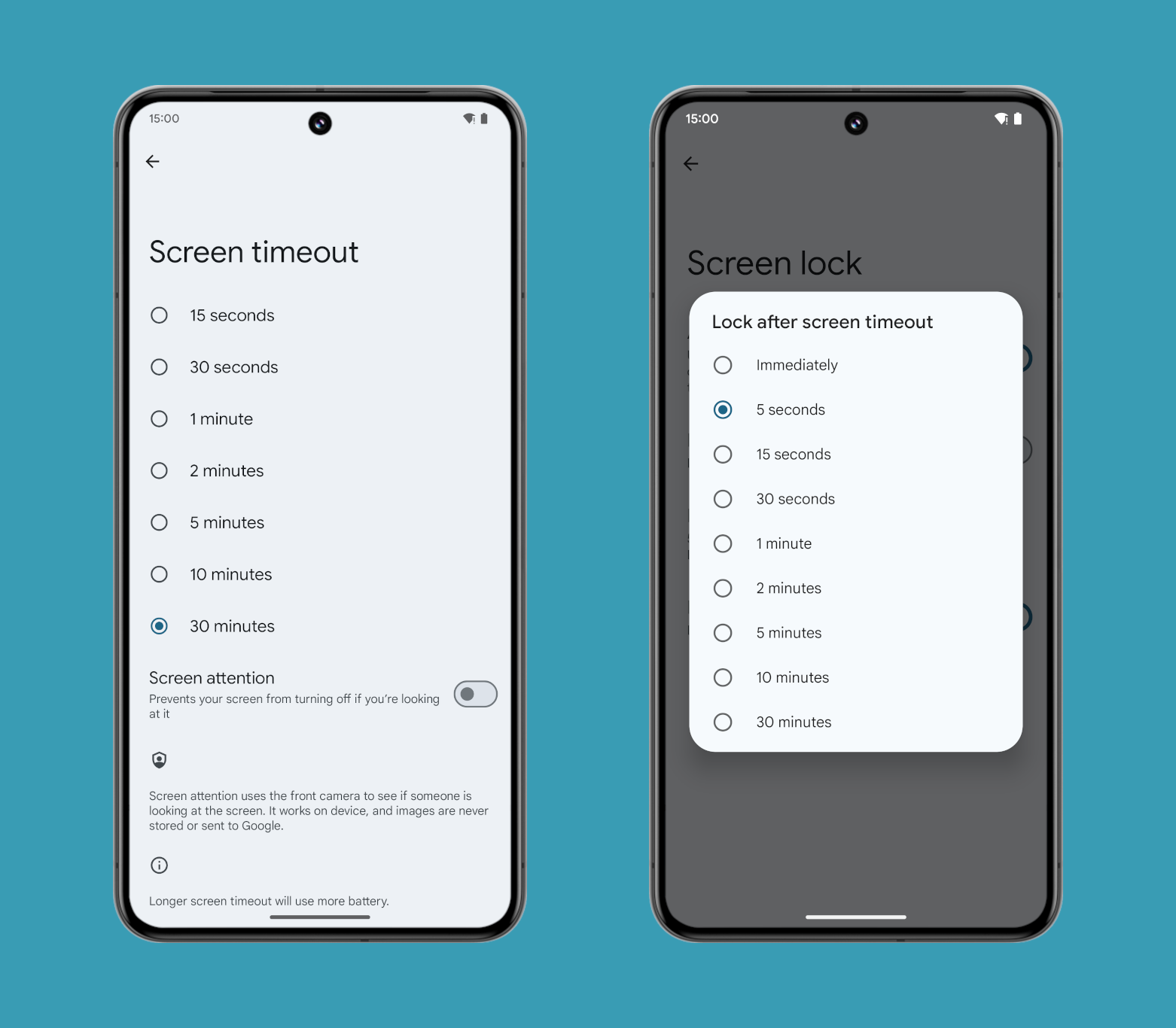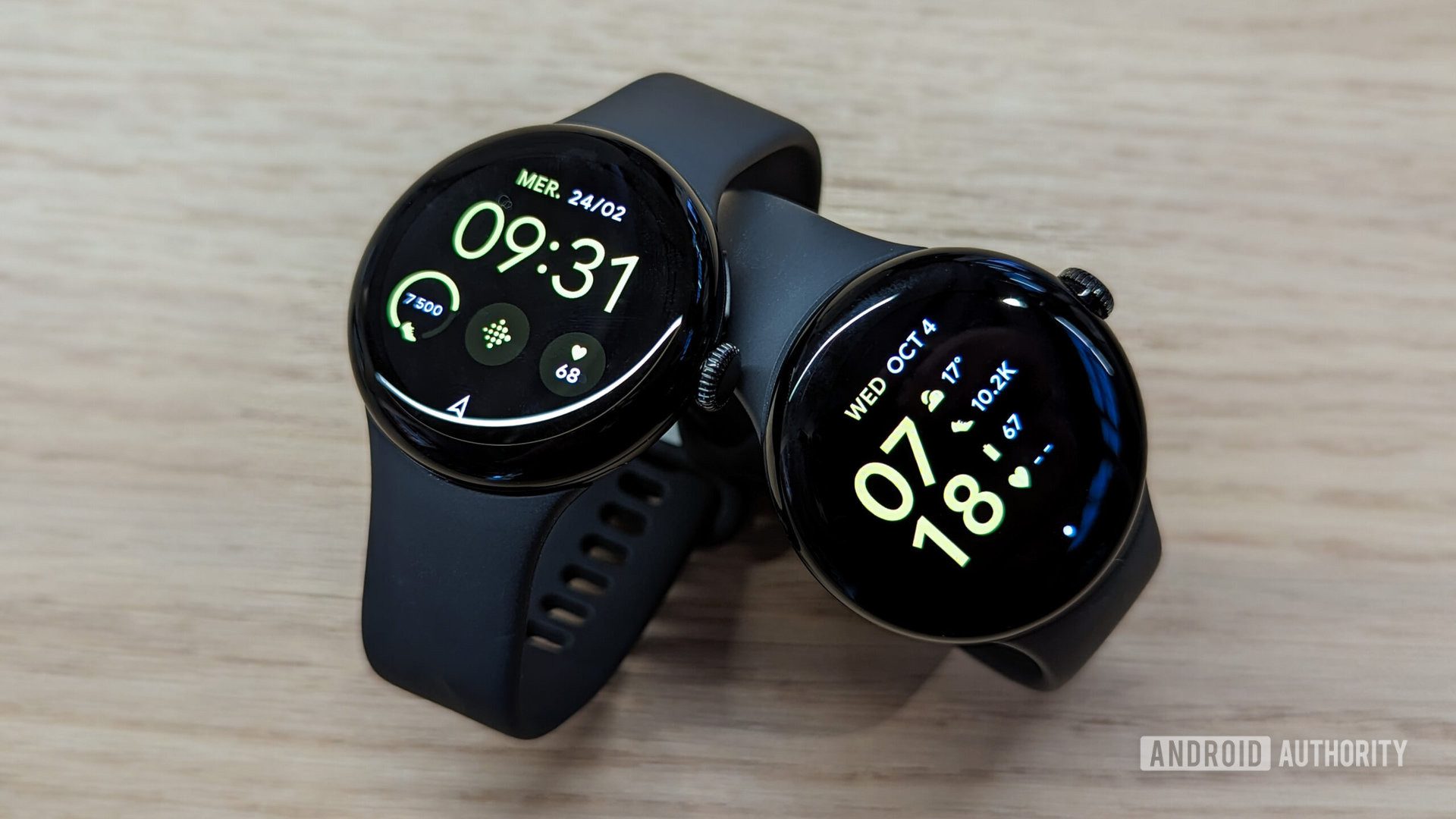Android 15 could help protect your data and extend battery life with an adaptive timeout
Mishaal Rahman / Android Authority TL;DR Android 15 may add an adaptive timeout option that automatically turns off your device’s screen when you’re not using it. It’s important to lock your Android device when you’re not using it so that no one else can access your apps and data. Android’s screen timeout feature turns off […]

Mishaal Rahman / Android Authority
TL;DR
- Android 15 may add an adaptive timeout option that automatically turns off your device’s screen when you’re not using it.
- It’s important to lock your Android device when you’re not using it so that no one else can access your apps and data.
- Android’s screen timeout feature turns off your device’s screen and then locks it after a set period of time.
Google will release the next major version of the Android operating system, Android 15, this fall, and we’ve already learned about many of its new security and privacy features. These include a new private space for your sensitive apps, additional protection against malicious “stingray” devices, greater control over when your location is shared with cellular networks, automatic removal of one-time passwords (OTP) notifications, and much more. Given that there are still four preview builds before the stable Android 15 release, there are bound to be even more security features that have yet to be added or discovered. One such feature we expect to see in an upcoming beta release is called adaptive timeout.
If you have screen lock enabled on your device (and you really should), Android will automatically lock your device after a set period of time. By default, Android turns off the screen after 30 seconds of inactivity, then locks the device after another five seconds. These thresholds can be modified by going to Settings > Display > Screen timeout And Settings > Security & Privacy > Device Unlock > Screen lock settings, respectively.

Mishaal Rahman / Android Authority
If you’re doing something that requires keeping your device’s screen awake and unlocked but you can’t interact with it, you can enable the optional “attention on screen” feature on some devices. This feature, introduced by Google with the Pixel 4 series, “prevents your screen from turning off if you’re looking at it.” It uses your device’s front camera to see if anyone is looking at the screen. So even if the screen is normally set to turn off after 30 seconds, it will stay awake as long as a face is detected in front of it.
While Android offers users the ability to automatically extend the time their device’s screen stays on with the Screen Attention feature, the operating system does not offer a feature doing the opposite . In other words, Android doesn’t have a feature to automatically reduce the amount of time the screen takes to stay on. This is however expected to change in Android 15 with the new Adaptive Timeout feature.
A Teardown of the APK helps predict features that might come to a service in the future based on current work code. However, these planned features may not be available in a public release.
In the Android 15 Developer Preview 2 release, I spotted strings for a new “adaptive timeout” setting that “automatically turns off your screen sooner if you’re not using your device.” The feature description doesn’t say how the operating system actually knows when you’re not using your device, but it may use your device’s front camera or other presence sensors to find out.
These strings can be found in the Android 15 DP2 settings app, but the code referencing these strings belongs to the classes under the com.google.* namespace. This suggests that the Adaptive Timeout feature will not be part of the open source version of Android (AOSP), but rather Google’s Android 15 builds for Pixel devices. This would make it similar to the Screen Attention feature, which is also not enabled in AOSP as it is powered by Google’s Android System Intelligence app.
With Adaptive Timeout in Android 15, you can enjoy the benefits of extended screen timeout without significantly compromising security, as the operating system will be able to intelligently turn off your screen (and then turn off lock it) when you have finished using your device. This also has implications for battery life, as longer wait times mean the screen stays on longer, consuming more battery.














